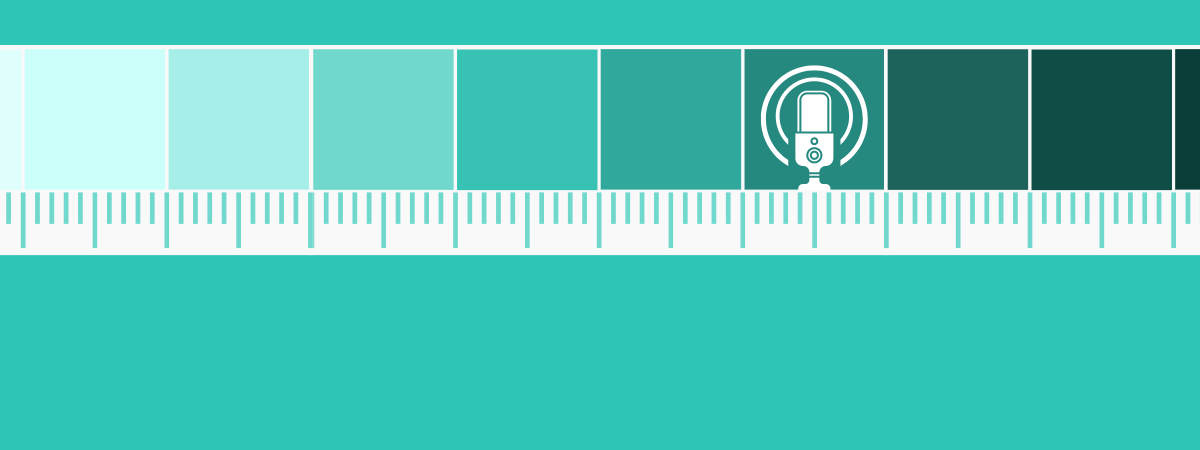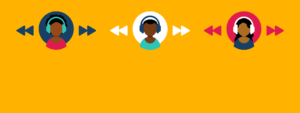At times a brand needs to share a story that requires more than 30 seconds or a minute to tell effectively. While branded podcasts can be a very effective vehicle for longer storytelling, a challenge lies in building an audience for a new show. There is a middle ground. Rather than trying to carve out a whole new audience, brands can piggyback their content on popular podcasts giving them instant reach.
More brands are taking advantage of custom opportunities with existing podcasts, creating integrations that provide more share of voice than a typical pre-roll or mid-roll ad unit. We see this reflected in the IAB’s 2023 Podcast Advertising Revenue Study, which shows branded content’s share increasing from 3% in 2021 to 12% in 2023. Because of the overall growth in industry revenue, this actually represents an increase of nearly $230M invested in branded podcast content.
Though the IAB does not break out branded podcasts from brand integrations, the growth clearly isn’t all coming from standalone podcasts. What’s happening is that podcasters, agencies and brands are getting more creative and savvy in finding ways to tell brand stories.
Many Shades of Brand Integrations
At one of the spectrum is the presenting sponsorship, which gives an advertiser guaranteed mindshare across an entire season or series, along with credit from the audience for making the content happen. Ziprecruiter claimed that spot for the highly anticipated third season of Serial, while this year Atlassian signed on for Pivot.
For more time and share of voice, brands can help create custom segments. Craft brewery BrewDog took inspiration from That Peter Crouch Podcast to create “Laout,” a cocktail of lager and stout beer favored by the host, promoted over the course of segments in 12 episodes.
In our research, we often see the right sponsorship fit resulting in an advertiser getting credit for providing a valued gift to listeners. So what’s a better gift than a bonus episode of a favorite show? Language learning platform Babbel presented Twenty Thousand Hertz’s episode dedicated to their “Second Annual Untranslatable Words Challenge.”
Or how about a full mini-series? At this end of the spectrum we have an example from the outdoor brand Solo Stove. They presented the “Summer S’mores” mini-series with Conan O’Brien Needs a Friend, dedicated to seasonal outdoor dining, even tackling how to bake a pizza using the product.
This is just a handful of instances for how brands can more tightly integrate with podcasts. No doubt there are other creative approaches I haven’t yet heard, and innovations yet to come.
But, of course, the question remains: are integrations like these effective? And are they worth the extra investment compared to a traditional ad?
The short answer is, they can be. And we can measure that.
Case Studies in Custom Integrations
Recognizing the increased interest in these sponsorships, we dedicated a section of our Benchmark Report: Branded Podcasts to custom integrations. Here are some highlights from two cases.
- A sponsored mini-series tackling financial guidance for entrepreneurial young women we studied resulted in 89% of the business decision makers who heard it rating the brand as “very good” or “excellent.”
- A telecommunications brand presented a bonus episode of a popular celebrity chat show, resulting in 72% of the podcast’s listeners saying they were more likely to purchase a product from the brand.
A particularly useful aspect of our branded podcast content studies is the direct listener feedback we get, telling us in their own words what they think. One listener who heard the financial guidance mini-series said they appreciated, “learning how to budget and set a financial goal… (and) also liked that it was sponsored,” by the brand.
But, Not All Custom Podcast Content Is Created Equal
“Don’t all podcast brand lift studies show lift?” That’s a challenge I’ve heard from a number of sophisticated folks at advertising agencies. I understand that perspective, since success stories are mostly what you’ll read about in press releases, pitch decks and blog posts. However, speaking as someone who has overseen dozens upon dozens of studies, positive lift is not always the result. This is as true for custom branded content as it is for everyday podcast campaigns.
I have measured longer custom segments that failed to move the needle any more than a standard mid-roll from the same brand. Extra time is not the variable that drives results. It’s what you do with the time.
The markers of success are very similar to branded podcasts. For that extra time to feel like a gift – whether it’s a three-minute segment or full episode – it has to be enjoyable. If we just take a regular ad and make it longer, then we risk verging on infomercial territory. And that’s probably not what the listener came for (unless maybe it’s the “Shamwow podcast”).
This is where a branded content lift study comes in, letting us dig in to understand how listeners perceive it, and then measure how it impacts their opinion of the brand. The purpose is not just to get a report card, but also to drive an analysis that lets us optimize the next one.
Read more about the two case studies above, and learn about what makes for effective branded podcasts and content in our Benchmark Report.




